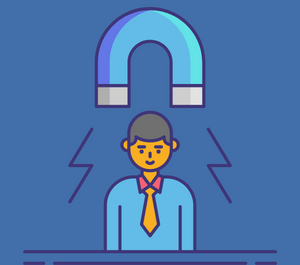After a month of shopping, cooking, and cleaning for others, you deserve a little treat for yourself. Look no further than HealthEE by HBG’s wellness guide.
- A Fancy candle
- You can find a fancy candle high and low during the holidays but instead of purchasing one for someone else, buy yourself as fancy a candle as your heart desires. I recommend the Trader Joe’s candles if you’re balling on a budget for a fragrant scent. If you want to dish more, I recommend The Hinoki Fantome candle by boy smells pricier but is worth the tag to experience when treating yourself!
- eMindful
- eMindful offers daily mindful courses and on-demand resources to relax your body and mind. From meditation to mindfulness-based games, this is the perfect resource if you need a reminder to relax. It’s $20 for three months, so it’s different than committing to a gym on January first and being stuck till the following January. Trust me; you can treat yourself to a daily reminder to relax for a few months.
- Mean lean hydration & immunity support
- With all signs of this flu season being a doozy, why not implement something extra into your routine? Depending on how “treat myself” you want to take this one, you can go anywhere from the emergen-c packets found at pretty much any drug store or get a little fancy with it and try Nuun, which has more of a flavor variety, low sugar-of course.
- Oneperfect
- One perfect is like a mindset podcast written by a psychologist with a personalization factor, almost like a verbal journal. Using the OnePerfect app, you can record your messages for yourself or others dealing with similar circumstances. With episodes or “shifts” for many of life’s hiccups, it makes you feel less alone knowing others are dealing with the same struggles and sharing how they are getting through is motivating. Plus, your first two weeks are free! The perfect guiltless treat yourself.
- Refresh your nighttime routine
- A nighttime routine is sacred, let me tell you, and it can change your whole sleep game, having specific actions that remind your body that it’s time to wind down and help you sleep better. While I am no dermatologist this year, I have begun swearing by the nighttime routine dubbed slugging, where you put on a night mask or thick moisturizer before going to sleep. Trader Joe’s has a great watermelon overnight mask, and Kiehl’s ultra facial overnight hydrating masque would be my step-up choice. Both leave you ready for bed ultra hydrated.
- Your gym alternative
- Look, we have all learned our lesson at this point. No more gym memberships we aren’t going to use. Instead, opt for something a little more low-maintenance. Wellbeats is the premier in-demand fitness program with 30 channels, hundreds of virtual fitness classes, and 20 + healthy eating cooking tutorials. They have workouts for every age and ability; you don’t have to leave the house! Perfect for the January freeze.
- Telemedicine
- Look, it’s something you don’t think you will need until… You do! Picture this not a single minute clinic open for miles, and me miserable with the flu. Walmart health virtual care was indeed my saving grace. When the researchers cried wolf, saying this flu season was going to be a bad one, what they meant was this isn’t something a little DayQuil will solve, for when it’s cold, for when you are sick, or your kids are sick, trust me, you will be glad you have Walmart Health virtual care to get the prescriptions you need asap.

- Look, it’s something you don’t think you will need until… You do! Picture this not a single minute clinic open for miles, and me miserable with the flu. Walmart health virtual care was indeed my saving grace. When the researchers cried wolf, saying this flu season was going to be a bad one, what they meant was this isn’t something a little DayQuil will solve, for when it’s cold, for when you are sick, or your kids are sick, trust me, you will be glad you have Walmart Health virtual care to get the prescriptions you need asap.








 Site By Born and Raised
Site By Born and Raised